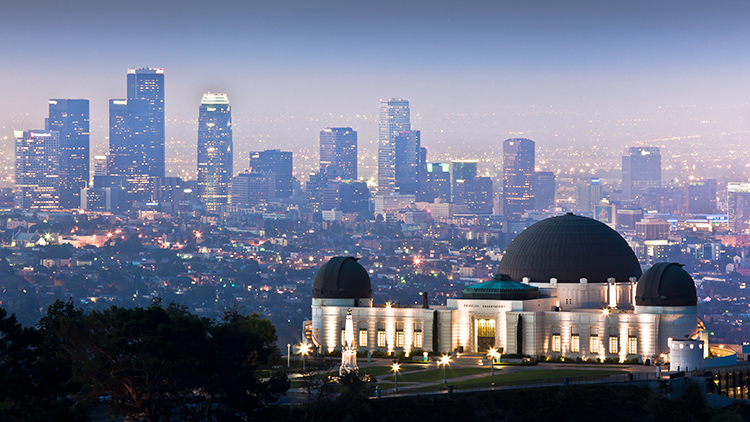
Have you noticed how it is taking longer over the past few months to get dark outside? The number of hours of daytime and nighttime change throughout the year. In the northern hemisphere, where we live, the day with the longest amount of daylight is approaching. We call this the summer solstice, and it happens this year on June 20th.
So, what makes the amount of daylight for this day more than any other day? The answer is pretty cool! It has everything to do with the how Earth tilts on its axis, an imaginary line that runs through Earth from the south pole to the north pole, and our planet’s movement around the Sun. When Earth moves around the Sun and is tilted towards it, the Sun appears higher in the sky. On June 20, the Sun will be at its highest point in the sky and take the longest amount of time to transit, or move, across the sky from sunrise to sunset. This marks the start of summer!
People typically study the stars and other planets at an observatory. An observatory is a unique building that may have instruments, such as a telescope, that are used to observe or look at the sky. One example of an observatory is Griffith Observatory. This observatory has a special tool used to track how the Sun moves across the sky. It is called The Gottlieb Transit Corridor. Here, you can watch a focused beam of sunlight cross over a device at noon to indicate the month and day of the year. It’s like a giant calendar. The Gottlieb Transit Corridor shows the longest and the shortest day of the year, and all the days in between using sunlight!
What Do You Think? What other changes do you notice as the summer solstice approaches?
Reading Response Click on this link to respond to your reading. Print out the response page or upload it to your classroom site.
Photo Credit: Andrew Kennelly/Moment/Getty Images



